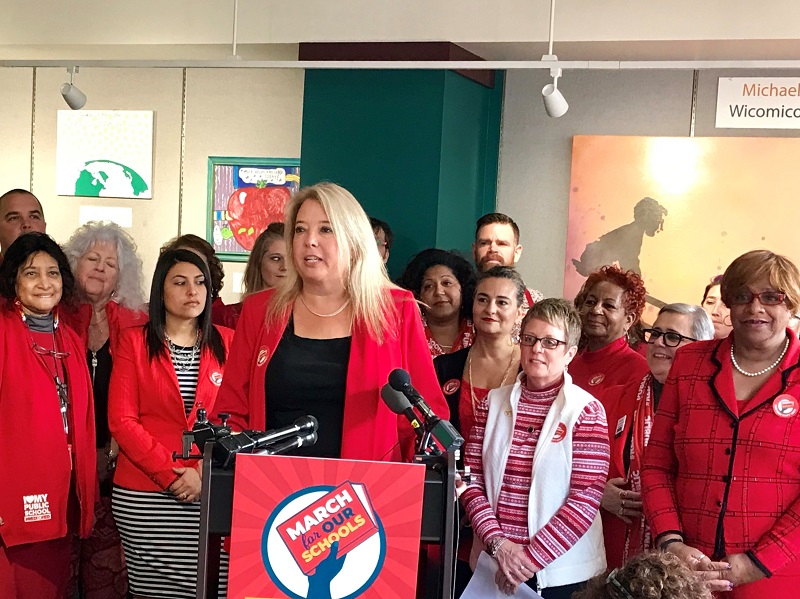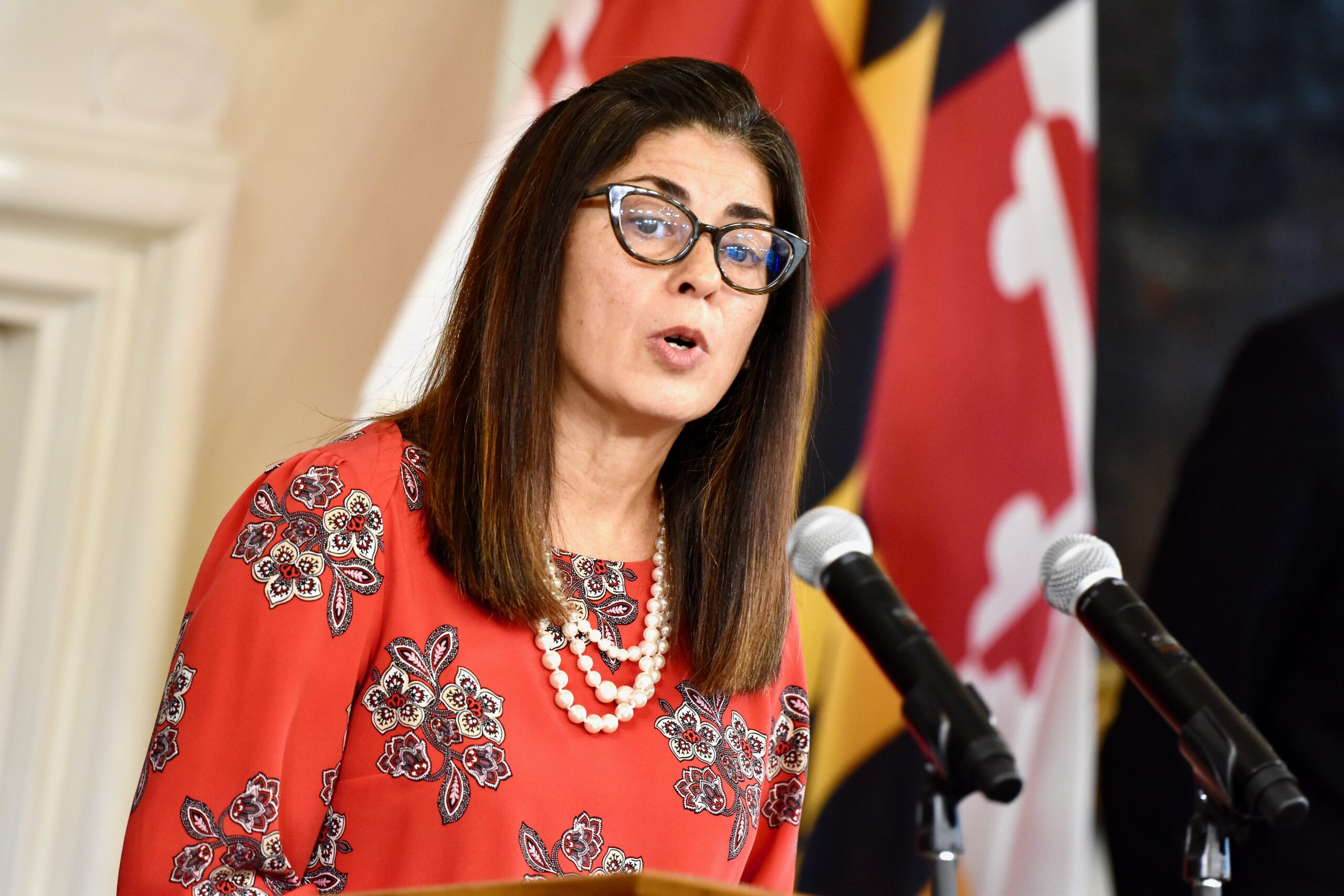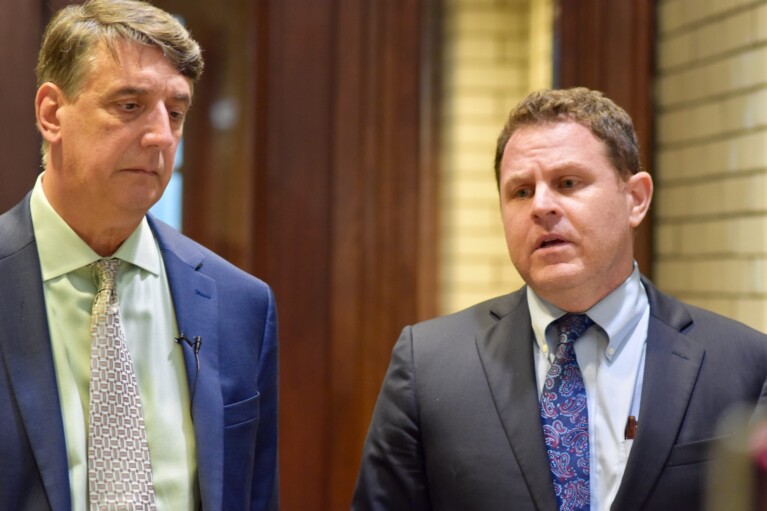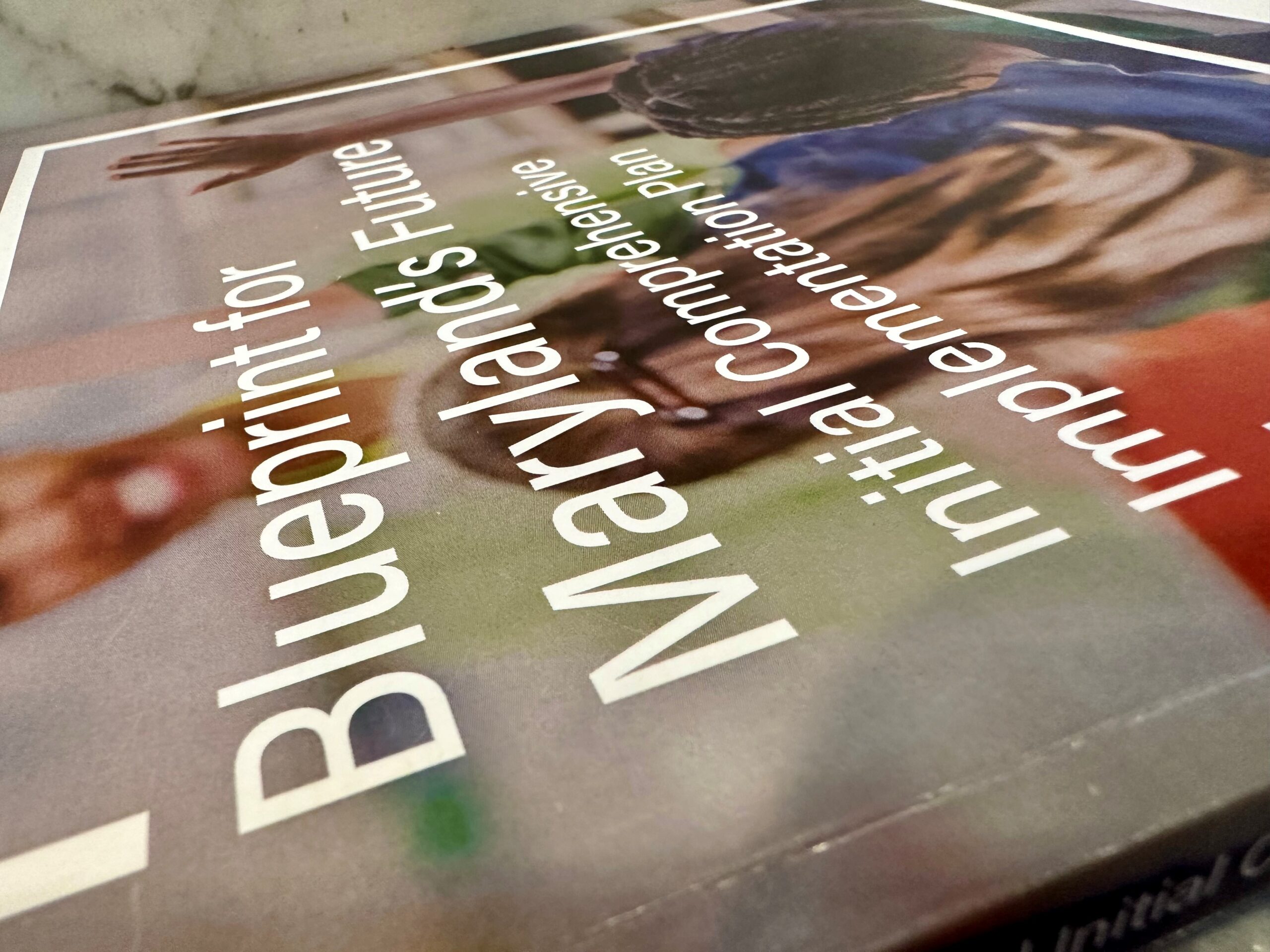The Number of Students Engaged With Distance Learning? Good Luck Trying to Figure It Out

In late May, the state released data from a survey on how students in Maryland’s local school districts were engaging with distance learning since schools closed on March 13. However, the Maryland State Department of Education did not immediately include how specific school districts answered each question, which several educators, advocates and policymakers argued was problematic.
State House Majority Leader Eric G. Luedtke (D-Montgomery) made a public information request to get the full data, and the MSDE eventually posted the information on its website a few days later — in a spreadsheet that was difficult to read and understand.
“The school systems need to be very transparent about this data,” Luedtke said.
Dara Zeehandelaar Shaw, executive director of MSDE’s Office of Research and Strategic Data Use, said that district-specific data was not made immediately public because state officials had not told the local school systems that their responses would be made public.
What the data says about student engagement with distance learning
A closer look at the data shows that each school district defined “student engagement” with online distance learning differently.
Washington County defined engagement with online distance learning as “participation in at least one synchronous opportunity a week.” School officials there reported that 86% of their students have engaged with online distance learning and that “5% refuse to participate in any form of learning.”
Kent County included “students that have either picked up paper learning packets or are participating in Google Classroom, Zoom classroom meetings, accessed virtual teacher office hours to ask for help” as engagement. They reported that 87% of their students have engaged with online distance learning and that 11% of students have not participated in distance learning in any form.
Some counties did not collect data. Cecil County revealed that “some students request packets but also engage online, so this number is difficult to determine.” Garrett County said “it has been difficult to measure engagement with the packets without the ability to collect them. Subsequently, we did not collect data for the district of online engagement.” However, school officials stated that they could collect this data if needed.
Because each school district measured student participation with online distancing differently or did not collect data, it is unclear whether student engagement reported by each school district could be fairly compared with others.
“Each school system has its own continuity of learning plan and these local plans define ‘participation’ or student engagement with their learning platforms and how students were provided with education during the pandemic,” said Lora Rakowski, a spokeswoman for MSDE.
However, Luedtke thinks that MSDE should precisely define the criteria for student participation and engagement across all school districts so that the data could be more accurate and comparable. Without a standard measurement, he questioned the authenticity of the data, especially those that reported high percentages of student engagement with distance learning.
“It is not clear to me how consistent school systems were in how they judged student participation,” he said. “I think getting cleaner data should be a priority for MSDE.”
What educators say about student engagement with distance learning
Cheryl Bost, the president of Maryland State Education Association, was also concerned that the MSDE was not collecting data with a standard definition of student participation. Just signing onto an online platform or picking up a distance learning packet should not count as engagement and learning, she said.
Cecil County officials reported that they can monitor the number of individuals who have “signed on” to online distance learning but cannot distinguish between teacher and student users. They defined student engagement as “interactions with teachers/admin regarding the packet and/or virtual submission.” They did not provide percentages on how many students were engaged with online distance learning or how many had completed distance learning packets.
“There was a large range on what was considered as engagement and too many students were very minimally engaged,” Bost said.
Although having proper metrics for data collection is important, she acknowledged that defining a standard measurement for student engagement was difficult. There seems to be no easy blanket definition of student engagement that would be fair for all students.
Katherine Mullen, a history teacher at Dundalk High School in Baltimore County, said that she was asked to keep detailed records of her attempts to contact students and parents. However, she did not receive clear guidelines on how to engage with students who were having trouble with distance learning or how to grade distance learning packets if they could not be collected.
Baltimore County asked teachers and administrators to take the path that causes the least harm to students because it is unclear what their home situation is, said Cindy Sexton, the president of the Teacher Association of Baltimore County.
Some students may be taking care of younger siblings or looking for jobs to support their family, and so it was important for schools to be flexible, Sexton said.
Although a flexible grading policy may result in the least amount of harm to students’ grades, it does not sufficiently measure what students are learning are account for the least amount of harm to their academic progress, some educators believe. If students are not sufficiently assessed on whether they have the foundational skills to move on to a higher level math class or foreign language class, Mullen worries that these students will be at a great disadvantage moving forward.
The question then becomes how schools are defining “the least amount of harm.” Because of the uncertainty of the current situation, the Baltimore County Public Schools decided to go with the least amount of harm to grades, Saxton said.
“Are they to be penalized for their situation?” Mullen asked. “No. But is it not penalizing them by moving them on if they are not ready to move on?”
“There are no easy answers,” she added.
According to the MSDE survey, Baltimore County Public Schools defined engagement as students participating in class meetings, accessing online lessons, and working with teachers by submitting assignments to teachers or attending office hours. They found that 84.4% of students had signed on for online distance learning.
BCPS did not report the number of students who received the distance learning packets. Mullen said that she was advised to assume that students who had requested the packet had received and completed it, even if there was no evidence that the student mastered the lessons in the packet or at least met minimal objectives in the curriculum.
The only way that a student could fail is if the student said that they were absolutely not completing assignments, Mullen said. A student who failed the first half of the year could have passed by doing minimal work during the period of distance learning, she added.
The largest missing link in ensuring success with distance learning is clear communication between administrators and the educators, Bost said. Teachers’ input needs to be included at the stakeholders’ table every step of the way, which has not been happening throughout this period of distance learning, according to Bost and Mullen.
“The word that I had promised to strike from my vocabulary is unprecedented,” Mullen said. “We all know that this is unprecedented, but I really wish teachers had been given greater input to those things that mattered to us the most.”
A NOTE TO OUR READERS
In these uncertain times, we’re here for you.
We are reporting from the front lines of the fight for racial justice and police reform.
We have a page dedicated to our reporting on COVID-19 in Maryland, including daily updates on cases, hospitalizations and deaths in the state.
And as always, we’ll report with an eye toward the humanity of our sources and a commitment to public accountability.
Stay informed by signing up for the Maryland Matters Memo — our daily morning news roundup, delivered to your inbox. Free.
And if you are able, please consider a tax-deductible contribution to support our nonprofit newsroom.
We’re burning the candle at both ends — doing all we can to keep ourselves, and everyone else, as safe as possible — as we keep you informed.
Please take care!




 Creative Commons Attribution
Creative Commons Attribution